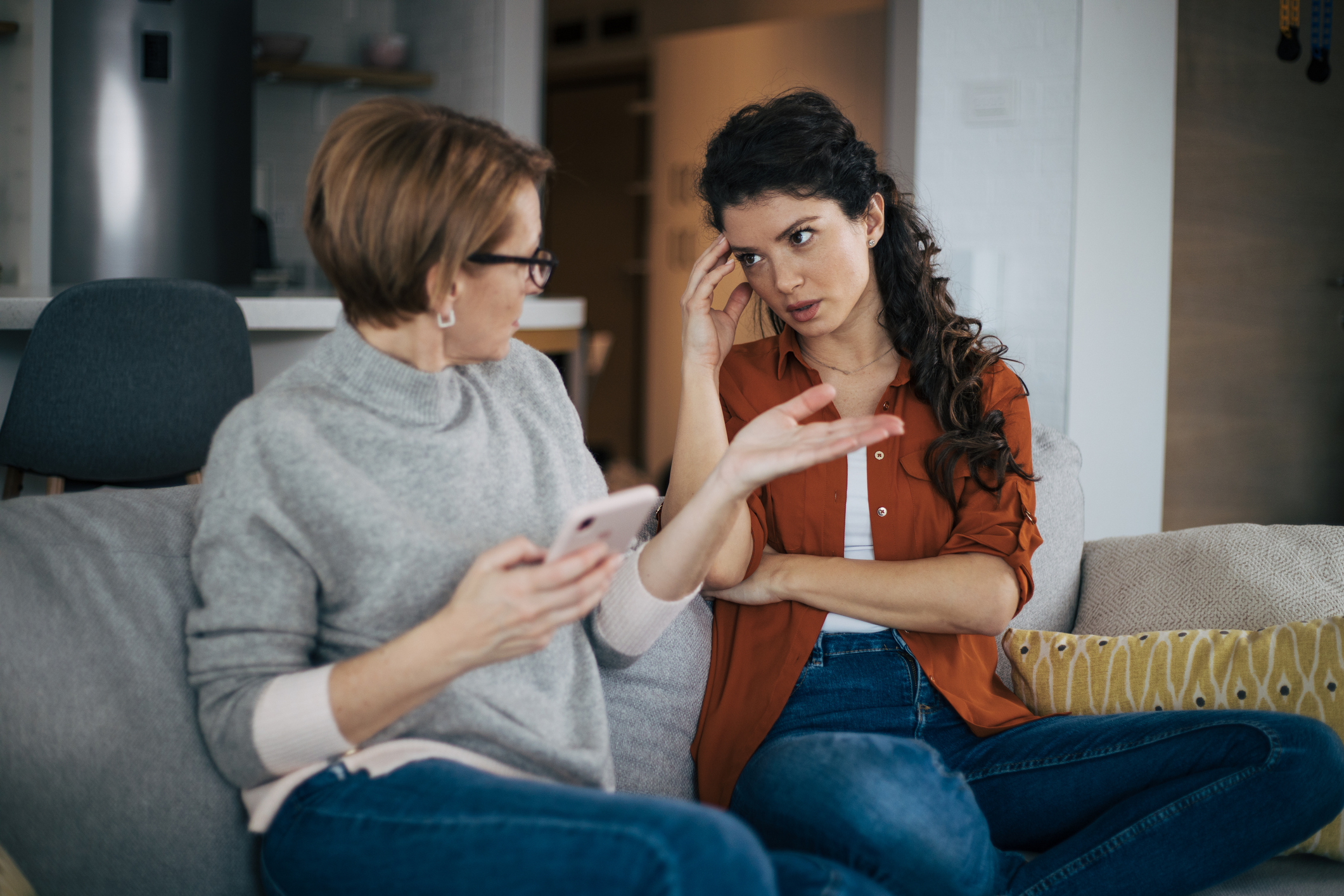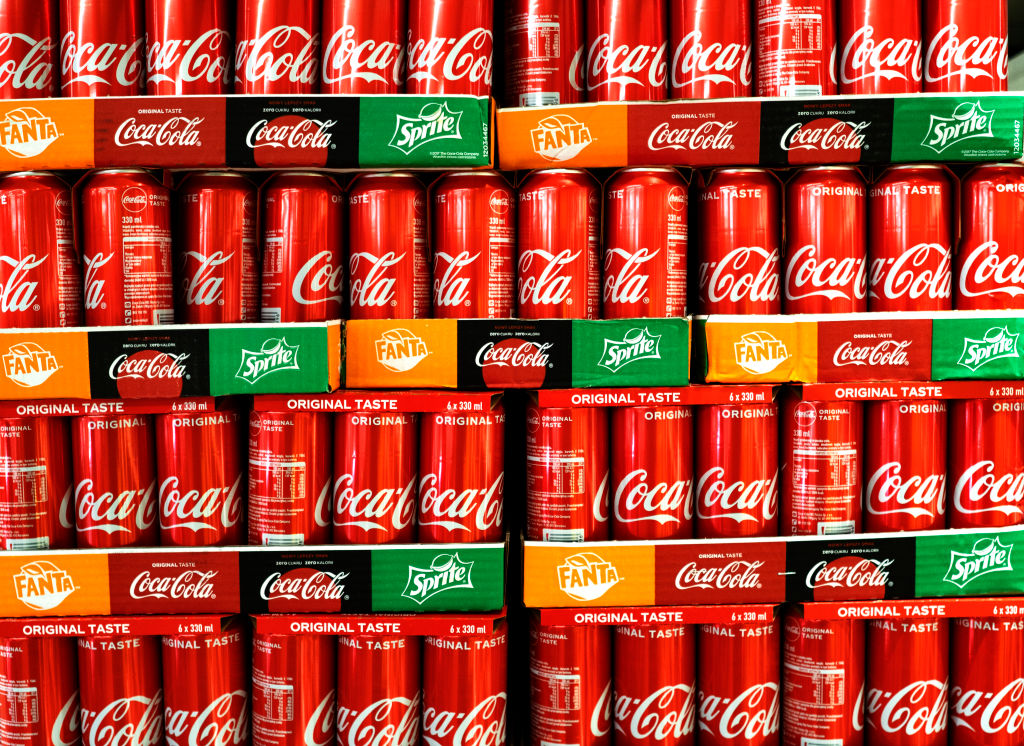The commodities “supercycle” pauses for breath
Commodity prices have all surged this year as economies have reopened. But now some raw materials have started to come off the boil.

The commodities supercycle is facing its first real test. The prices of metals, agricultural products and oil have surged this year as economies have reopened. That has prompted talk of a new “supercycle”: a prolonged period of rising prices caused by structurally higher demand. Commodities cycles are driven by the fact that suppliers cannot react quickly to rising prices. “It takes roughly ten years to build a new copper mine,” Matthew Fine of Third Avenue Management told Myra Saefong in Barron’s.
Some raw materials have started to come off the boil. Soybean futures have lost all of their gains for 2021, while corn, platinum and nickel have also retreated, say Yvonne Yue Li and Marvin Perez on Bloomberg. US timber prices had gained 400% in a year, but have fallen by more than one-third over the past month. Not all commodities have dipped. The likes of tin and oil remain buoyant. Brent crude futures hit a two-year high of $75 a barrel this week.
Copper price goes into retreat
Copper, a crucial ingredient in the green transition, was billed as the star of this supercycle. The metal is down by 15% since hitting an all-time high last month, although it has still gained 14% since the start of the year. Copper has suffered a “one-two punch” from the US and China, says Nathaniel Taplin in The Wall Street Journal. Hints of tighter monetary policy and doubts about President Biden’s infrastructure bill, which is being delayed by congressional bickering, could mean US demand proves weaker than predicted. Meanwhile China has been clamping down on commodity speculation and released copper, aluminium and zinc from its strategic stockpiles in a bid to keep a lid on prices. The country consumes half of the world’s refined copper. It would be premature “to say prices have peaked for the cycle. But the next few months could get rocky”.
Subscribe to MoneyWeek
Subscribe to MoneyWeek today and get your first six magazine issues absolutely FREE

Sign up to Money Morning
Don't miss the latest investment and personal finances news, market analysis, plus money-saving tips with our free twice-daily newsletter
Don't miss the latest investment and personal finances news, market analysis, plus money-saving tips with our free twice-daily newsletter
Government interventions in commodity markets don’t always work, says Udith Sikand for Gavekal Research. While policy tweaks can have a decisive impact in many asset markets, commodities track “fundamental demand-supply conditions”. Many metals markets are tight. London Metal Exchange data on inventories shows that “for a lot of commodities, stockpiles are near their lowest levels in well over a decade”.
“The bullish commodity thesis… is about scarcity and strong physical demand”, says Goldman Sachs. They think Brent crude could average $80 a barrel over the third quarter of this year and that a deficit in the copper market looks likely to last into next year. This could be a “buying opportunity”.Roaring commodity markets got carried away this spring and were due a correction. But, says Sikand, “the pullback…looks more like a pause than a fundamental reversal”.
A meltdown in the uranium market
Investors in the uranium market are having a “meltdown”, says Jinjoo Lee in The Wall Street Journal. A “performance issue” reported at China’s Taishan nuclear power plant has sent prices of uranium miners down by 10%. The incident seems to have been a “routine operational issue”, with “no abnormal radiation” reported in nearby Hong Kong or Macau. Any story involving the words “nuclear” and “leak” gives investors painful flashbacks to the 2011 Fukushima nuclear disaster. That incident precipitated a long-term drop in nuclear fuel demand as countries such as Germany began to de-nuclearise.
Global nuclear electricity generation “has recovered over the last five years to pre-Fukushima levels”, says Eoin Treacy of Fuller Treacy Money. Decarbonisation will bring “a significant increase in demand for electricity” over the coming years. Nuclear fuel is a “proven reliable zero-carbon” energy source that could provide power when renewables are not running. Nuclear energy is “the second-source of low-carbon electricity in the world behind hydropower”, say Nilushi Karunaratne and Alex Hamer in the Investors’ Chronicle. Yet it is often overlooked in favour of wind and solar. “Electricity generated by nuclear is expected to rise by a third between now and 2050”. The market currently has a “huge supply deficit”, although stockpiles are keeping a lid on prices for now.
Get the latest financial news, insights and expert analysis from our award-winning MoneyWeek team, to help you understand what really matters when it comes to your finances.
Alex is an investment writer who has been contributing to MoneyWeek since 2015. He has been the magazine’s markets editor since 2019.
Alex has a passion for demystifying the often arcane world of finance for a general readership. While financial media tends to focus compulsively on the latest trend, the best opportunities can lie forgotten elsewhere.
He is especially interested in European equities – where his fluent French helps him to cover the continent’s largest bourse – and emerging markets, where his experience living in Beijing, and conversational Chinese, prove useful.
Hailing from Leeds, he studied Philosophy, Politics and Economics at the University of Oxford. He also holds a Master of Public Health from the University of Manchester.
-
 Review: Trisara, Phuket – a feast for the senses in Thailand
Review: Trisara, Phuket – a feast for the senses in ThailandTravel Stay at Trisara resort on Phuket island in Thailand for the top-notch food and spa
-
 Expecting an inheritance? Don’t – only a fifth of Boomers plan to part with their cash
Expecting an inheritance? Don’t – only a fifth of Boomers plan to part with their cashHigher priorities are travel and spending time with loved ones, with even those on the highest household incomes shunning inheritances
-
 AJ Bell: a fine British fintech going cheap
AJ Bell: a fine British fintech going cheapOpinion Don’t overlook investment platform AJ Bell, a significantly undervalued British business with an excellent financial base
-
 The British railway industry is in rude health – here's why investors should jump aboard
The British railway industry is in rude health – here's why investors should jump aboardThe railway industry has bounced back from the devastating impact of the pandemic and is entering a new phase of development – and profitability
-
 Infrastructure investing: a haven of stable growth amid market turmoil
Infrastructure investing: a haven of stable growth amid market turmoilFrom booming construction in emerging markets to digital and green transitions, the infrastructure sector offers security, returns and long-term opportunities
-
 The costly myth of “sell in May”
The costly myth of “sell in May”Opinion May 2025's strong returns for US stocks have once again shown that putting too much weight on seasonal patterns will only make investors poorer, says Max King
-
 Who’s driving Tesla?
Who’s driving Tesla?As Elon Musk steps back from government with his eyes on the stars, investors ask if he’s still behind the wheel at his electric-car maker.
-
 Investment opportunities in the world of Coca-Cola
Investment opportunities in the world of Coca-ColaThere is far more to Coca-Cola than just one giant firm. The companies that bottle and distribute the ubiquitous soft drink are promising investments in their own right.
-
 Streaming services are the new magic money tree for investors – but for how long?
Streaming services are the new magic money tree for investors – but for how long?Opinion Streaming services are in full bloom and laden with profits, but beware – winter is coming, warns Matthew Lynn
-
 'Pension funds shouldn't be pushed into private equity sector'
'Pension funds shouldn't be pushed into private equity sector'Opinion The private-equity party is over, so don't push pension funds into the sector, says Merryn Somerset Webb.